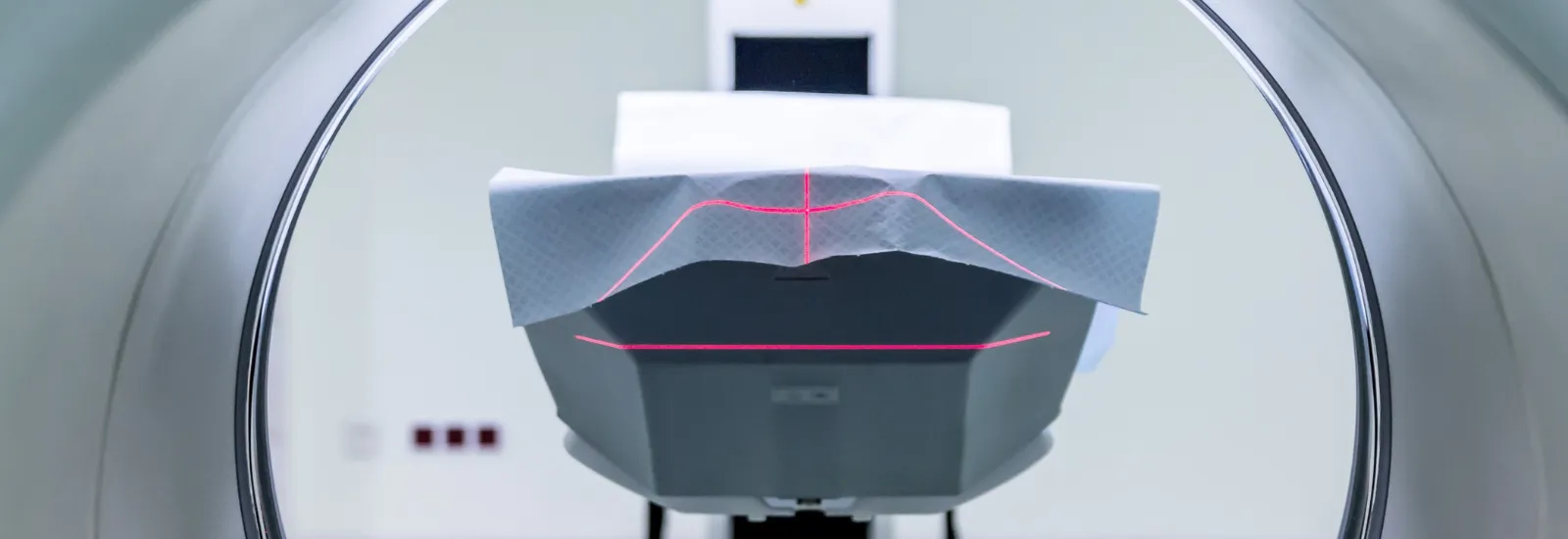
The benefits of a 3T MRI
An MRI, which stands for
magnetic resonance imaging, is a test that uses magnets and radio waves to
capture images of the body. A state-of-the-art 3T MRI machine is a stronger MRI —
twice the magnetic strength — that gives providers enhanced, clearer images.
MRI basics
The unit of measurement
used to describe the strength of a magnetic field in an MRI machine is called a Tesla. The most common
strength of an MRI machine is 1.5 Teslas, or 1.5T.
The magnets and radio
waves in the MRI machine work together to produce detailed images, called
slices, of the inside of the body. One MRI test can produce thousands of
images. These slices are then put together on a computer to create a
three-dimensional view of the body part. This gives the board-certified
radiologist reviewing your test a view of the area from all angles.
Why a 3T MRI machine?
A 3T MRI has double the
magnetic strength of a 1.5T MRI machine. This increased strength lends itself
to better image quality and much higher detail.
Here are some additional
benefits of a 3T MRI machine:
- Faster scans. The 3T MRI can image large organs faster, which
could be beneficial for people who might experience anxiety or claustrophobia
during MRIs. Faster scans can also allow for quicker tests for children who
don't like to lay still for too long, which is required to obtain clear MRI
results.
- More accurate diagnosis. Neurological issues can be more easily
identified, where high-quality, detailed images of the brain could be vital in
diagnosis and treatment monitoring.
- Clearer images of smaller body parts. Orthopedic scans of
smaller body parts, such as small joints, bones, or tissue, that are difficult
to see on a 1.5T MRI show up better on the 3T MRI.
- Higher comfort level. 3T MRIs are much quieter, which makes for a more comfortable test environment. They also have a wider opening, which helps make the test less stressful.
The MRI experience
MRI exams are typically performed in an outpatient environment at the request of your healthcare provider. During your test, you will be asked to lie on your back on the MRI machine's moveable table. Depending on the type of MRI you need, you may have a device that contains coils placed near the area being imaged. These coils help improve image quality by sending and receiving radio waves during your MRI. Like a CT scan or X-ray, an MRI is noninvasive and does not emit radiation.
You may also need a contrast material, which helps certain areas of the body appear brighter or clearer on the images. Contrast material is typically given in an IV but can also be administered orally. You may experience a few side effects if you receive contrast materials, such as a feeling of warmth in the body or a metallic taste in your mouth, but these generally go away after a few minutes. If you are allergic to contrast material or you experience extreme or prolonged side effects, be sure to let your MRI technologist know right away.
Reid Health offers 3T
MRIs in a professional, stress-free environment. Learn more about our radiology services or request an appointment.

